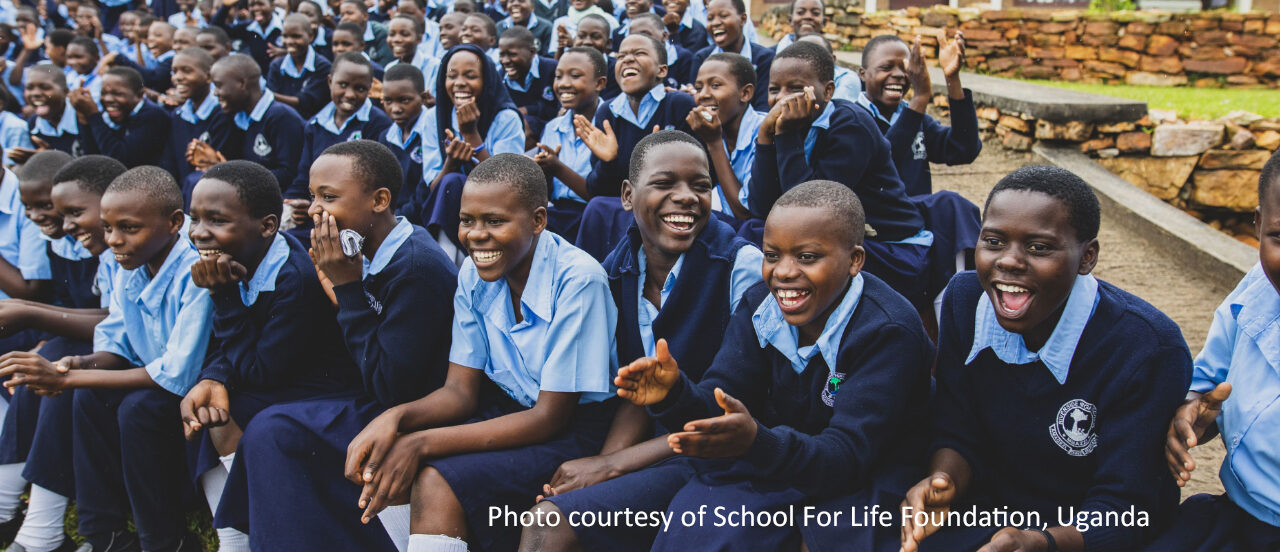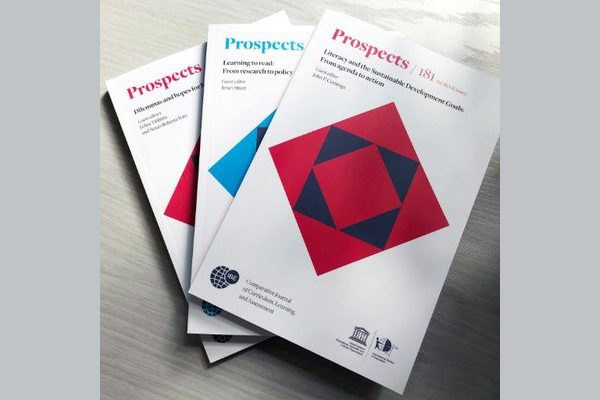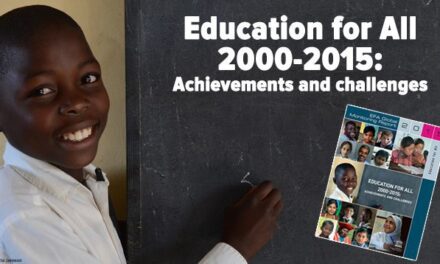This article was written by Alice Doorly, Communications and Advocacy Manager for the Global Schools Forum (GSF), and was originally published on the GSF website on 20 October 2020.
The onset of the COVID-19 pandemic has had unprecedented impacts on education systems all over the world with 1.6 billion learners affected by school closures at its peak. Through our membership and wider network at GSF we have observed that private schools in low- and lower-middle income countries have experienced the impacts of the pandemic particularly acutely. School closures have meant lost fee revenue for schools already operating on a shoestring. With their main source of income vastly diminished, many have been unable to pay their staff or keep up with financial obligations on loans and rent. Given the economic ramifications of the pandemic on poorer segments of societies, low-fee schools are also anticipating that students will drop out of their schools, unable to afford the fees and further threatening their sustainability.
Against the backdrop of these anecdotal reports GSF commissioned a rapid review to synthesise available evidence on the impact of COVID-19 on the non-state education sector, particularly low-fee private schools. Given that around a fifth to a quarter of primary and secondary school children across the world are educated in the non-state sector (UNESCO, 2018), it is crucial to understand how the pandemic is affecting private schools and what support is needed to safeguard the learning of a large share of the world’s children.
Click here for the detailed report.
Findings
Our review found that, across multiple country contexts, low-fee private schools have shared areas of concern resulting from the pandemic around: financing, maintaining school staff, ensuring continuity of learning, safeguarding students and, ultimately, the prospect of permanent closure. From these, two pressing priorities emerge – the survival of low-fee schools, and the learning of their students.
- The pandemic is threatening the survival of low-fee private schools:
Reduced fee collection, existing financial obligations on schools (loan payments, rent and bills), and the costs of preparing for reopening have left many schools struggling to remain financially viable. Interviews and evidence collated across several countries revealed that schools have lost significant income due to reduced fee collection over lockdown, with families no longer able to afford, or unwilling to pay, school fees. In India, of 1,678 schools surveyed, 85% reported facing large financial stress on account of their inability to collect fees (ISFC, 2020). Losses have been compounded by other financial burdens, such as loan repayments and the additional costs of meeting new government Standard Operating Procedures to reopen, leaving schools struggling to survive financially.
Additionally, there is evidence that low-fee private schools are facing lower enrolments and that some are being forced to close permanently due to the financial consequences of the pandemic on their business. Private schools in India and Mexico are reporting both actual and anticipated enrolment drops of 20-30% (Hindustan Times, 2020; Chettri, 2020; NBC News, 2020) and in Kenya, around 191 schools have had to close down, affecting around 51,000 learners (Otieno, 2020). It is expected that drops in private school enrolment and permanent school closures will cause large shifts of students to public schools, straining already under-resourced public education systems. This is accompanied by fears of increases in out-of-school children as available schooling options decrease.
- Low-fee private schools are facing sizeable learning losses with limited resources to address them:
Low-fee private schools have struggled to keep students learning during school closures due to poor access to technology and internet in the populations they serve. A common theme across interviews and available data was that the majority of students served by low-fee private schools did not have the technology needed for remote learning. Data from Nigerian non-profit SEED from a survey conducted in May showed that, of 100 parents, only 25 had smart phones and only 2 parents had the data coverage to stay online (SEED, 2020). Whilst schools have been attempting other means to deliver education (SMS, radio, hard copy materials), survey findings suggest that large shares of students have had little contact with their schools during this time (Global School Leaders, 2020; Young Lives, 2020). Consequently, low-fee private schools are expecting to face extensive learning loss amongst their students when they return. With the financial and operational constraints they are under, they are not well-resourced to provide the targeted approaches required to address this. Our findings suggest that this is an area where low-fee private schools will urgently require additional support to protect the learning of large shares of students, particularly those already facing layers of disadvantage for whom learning losses are likely to be the greatest.
Recommendations
To protect schools from financial insolvency – with its knock-on impacts on livelihoods of staff and access to schooling – and to safeguard the learning of students, we ask:
- Governments, financial institutions and education funders make financial support, through grants or low-interest loans, rapidly available to the non-state education sector. Support should be sufficient to cover their financial obligations, preparations for reopening and prospective loss of income from reduced enrolment.
- Governments should create specific allocations of financial support for low-fee private schools or ensure their inclusion in support to SMEs. Support should be sufficient for schools to cover institutional and operating costs as well as teacher salaries, and should be easy to access for schools most in need.
- Financial institutions should maintain and increase access to credit and low-interest loans with flexible repayment for low-fee private schools.
- Education funders can complement these efforts by increasing funding available for the non-state education sector in their own programming and advocating for the inclusion of the non-state sector in international fundraising efforts.
- Governments, NGOs and Civil Society ensure that support to overcome learning losses, particularly for the most vulnerable, includes private schools.
- Governments, NGOs and civil society, with support from education funders, must work together to ensure the inclusion of private schools in efforts to support students to catch-up on learning as schools reopen e.g. expansion of remedial and targeted programmes in both government and private schools; training private school teachers in effective pedagogical approaches such as Teaching at the Right Level, and, offering appropriate teaching aids, and digital solutions to private schools.
Click here for the detailed report.





